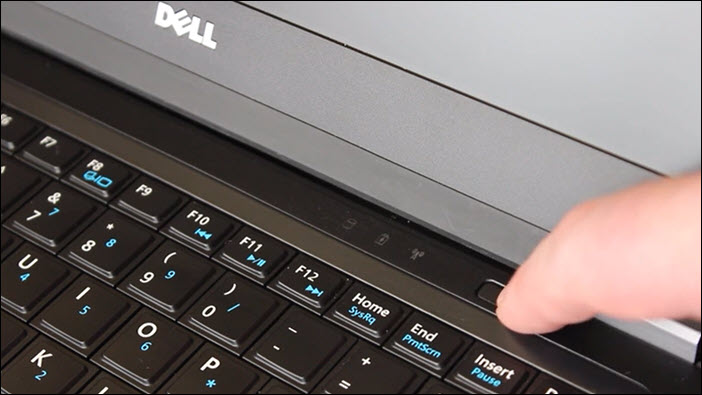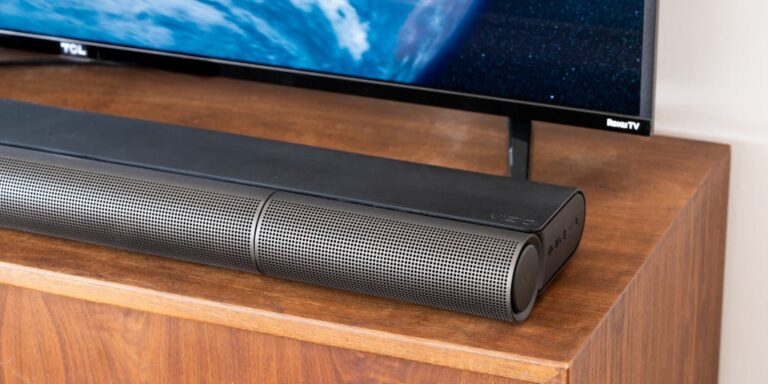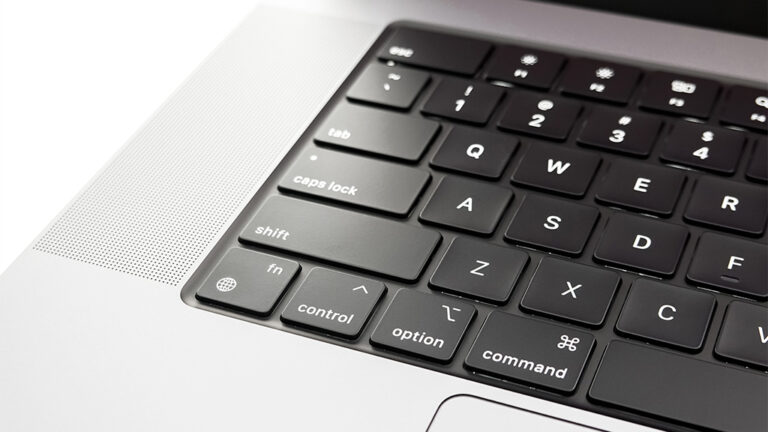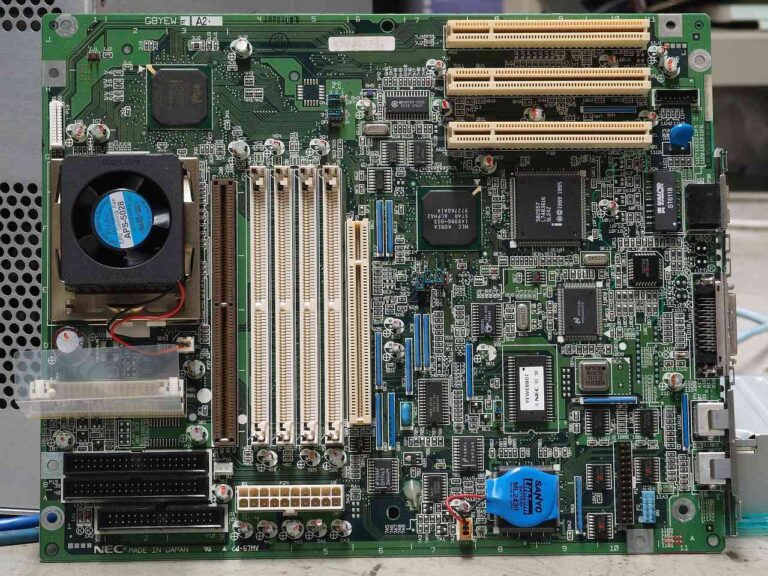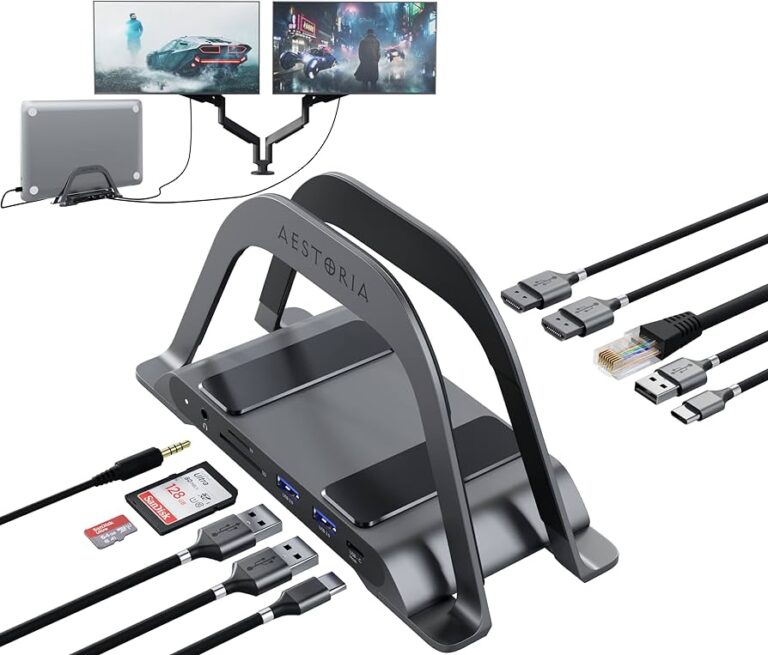Dell Monitor Not Displaying: Troubleshooting Guide
To resolve Dell monitor not displaying, turn off the computer and monitor, unplug the video cable, check for damage or bent pins, and reconnect the monitor to the computer. It is essential to ensure that the computer is plugged into a functional outlet if it’s a desktop.
Checking for tears, exposed wires, or any damages in the video cable is also recommended. Reseating the CPU, motherboard, RAM, power supply, or graphics card can help resolve display issues caused by improper connections. Furthermore, outdated video drivers, incorrect display settings, or faulty display or video cards can result in display-related problems.

Credit: www.dell.com
Dell Monitor Not Displaying: Initial Checks
When your Dell monitor is not displaying anything, it can be frustrating and cause a significant disruption to your workflow. However, before panicking and assuming the worst, it’s essential to perform some initial checks to identify and possibly resolve the issue. In this article, we will guide you through three critical checks that can help you troubleshoot and fix the problem.
Confirm Monitor And Computer Power
The first step in troubleshooting a Dell monitor that is not displaying is to confirm that both the monitor and the computer are receiving power. Sometimes, a simple power interruption can cause the monitor to stop working.
To check the power supply, follow these steps:
- Turn off both the monitor and the computer.
- Unplug the power cords from both devices.
- Wait for a few seconds and then plug the power cords back in.
- Turn on the monitor and the computer.
By confirming that both the monitor and the computer are receiving power, you can rule out any power-related issues as the cause of the display problem.
Inspect For Cable Damage
The next step is to inspect the video cable that connects the monitor to the computer. Sometimes, loose connections or cable damage can prevent the monitor from displaying.
To inspect the video cable, follow these steps:
- Turn off the computer and the monitor.
- Unplug the video cable from both the monitor and the computer.
- Examine the cable for any visible damage, such as tears or exposed wires.
- Check the video ports on both the monitor and the computer for any physical damage or bent pins.
- If there is no damage, reconnect the video cable securely to both the monitor and the computer.
By ensuring that the video cable is undamaged and securely connected, you can eliminate cable-related issues as the potential cause of the display problem.
Ensure Correct Input Source
Lastly, it’s crucial to ensure that the correct input source is selected on the monitor. Sometimes, the monitor may not display anything because it is set to the wrong input source.
To verify and change the input source on your Dell monitor, follow these steps:
- Use the buttons or controls on the monitor to access the settings menu.
- Navigate to the input source or input selection option.
- Select the appropriate input source, such as HDMI, DVI, VGA, or DisplayPort, depending on the cable connection between the monitor and the computer.
By ensuring that the correct input source is selected, you can eliminate any input source-related issues, allowing the monitor to display properly.
Performing these initial checks can often help you diagnose and resolve the issue of a Dell monitor not displaying. If the problem persists even after these checks, it may indicate a more significant hardware or software problem that requires further investigation or professional assistance.
Troubleshooting Guide: Connection Problems
If you’re facing trouble with your Dell monitor not displaying anything, try these troubleshooting steps. Turn off the computer and monitor, unplug the video cable, and check for any damage on the video port or cable. If everything looks fine, reconnect the monitor to the computer and see if the issue resolves.
For further assistance, check out Dell’s official support guides and tutorials.
Testing With Alternative Cables
One of the first steps in troubleshooting your Dell monitor not displaying is to test with alternative cables. Faulty or damaged cables can prevent the monitor from receiving the necessary signal from the computer. To do this, follow these steps:
- Turn off the computer and the monitor.
- Unplug the video cable that connects the monitor to the computer.
- Check both ends of the video cable for any physical damage or bent pins.
- If there is no visible damage, try connecting the monitor to the computer using a different video cable.
- Turn on the computer and the monitor to see if the display issue is resolved.
Testing with alternative cables can help determine if the issue lies with the cable or with the monitor itself.
Checking For Correct Port Usage
Another step in troubleshooting connection problems is to check for correct port usage. Using the wrong port on either the computer or the monitor can result in no display. Follow these steps to ensure correct port usage:
- Make sure you are using the appropriate video port on the computer and the monitor. Refer to the user manual or the manufacturer’s website for specific instructions.
- Check both the computer and the monitor for any physical damage or loose connections near the video ports.
- If everything looks fine, try connecting the monitor to a different video port on the computer.
- Power on the computer and the monitor to see if the display issue persists.
Verifying correct port usage is crucial in resolving connection problems and ensuring a proper display.
Verifying Monitor With Another Device
If the previous troubleshooting steps haven’t resolved the issue, it’s recommended to verify the monitor with another device. This step helps identify if the problem lies with the monitor or with the computer. Follow the steps below:
- Disconnect the monitor from the current computer.
- Connect the monitor to a known-working device, such as a laptop or another computer.
- Power on the device and the monitor to check if the display is working properly.
- If the display works fine with another device, the issue may be related to the computer. If not, it indicates a potential problem with the monitor.
Verifying the monitor with another device helps narrow down the source of the problem and allows for more targeted troubleshooting.
Advanced Diagnostic Techniques
If your Dell monitor is not displaying anything, first, turn off the computer and monitor. Then, unplug and check for any damage to the video cable and ports. If everything appears fine, reconnect the monitor to the computer. For further troubleshooting, you can run hardware diagnostics on the Dell monitor or check display settings.
Running Built-in Monitor Diagnostics
If your Dell monitor is not displaying anything, one of the first steps you can take is to run the built-in monitor diagnostics. The built-in diagnostics can help identify any hardware issues that may be causing the display problem. To run the built-in monitor diagnostics, follow these steps:- Turn off the computer and the monitor.
- Unplug the video cable which connects the monitor to the computer.
- Check the video port on the computer and the monitor, and the video cable for any physical damage or bent pins.
- If there is no visible damage, reconnect the monitor to the computer.
- Turn on the computer and the monitor.
- Press the monitor’s menu button to access the on-screen display (OSD) menu.
- Navigate to the diagnostics option in the OSD menu.
- Run the built-in monitor diagnostics and follow any on-screen instructions.
Adjusting Display Settings In Os
If the built-in monitor diagnostics did not identify any issues, the problem may lie in the display settings of your operating system (OS). Adjusting the display settings can sometimes resolve display issues with Dell monitors. To adjust the display settings in your OS:- On Windows, press the Windows key + I to open the settings menu. On macOS, click on the Apple menu and select System Preferences.
- Click on the “Display” or “Monitors” option.
- Check the resolution and refresh rate settings. Ensure that the settings are compatible with your monitor’s specifications.
- If necessary, adjust the resolution and refresh rate to recommended values for your monitor.
- Restart your computer to apply the new display settings.
Using Safe Mode For Resolution Issues
If you are still experiencing resolution issues with your Dell monitor, you can try using safe mode to troubleshoot and resolve the problem. Safe mode is a diagnostic mode in which the operating system loads only essential drivers and services, excluding any potentially conflicting software or drivers. To access safe mode and troubleshoot resolution issues:- Restart your computer.
- During the boot process, press the F8 key repeatedly until the Advanced Boot Options menu appears.
- Using the arrow keys, select the “Safe Mode” option and press Enter.
- Once in safe mode, navigate to the display settings in your OS and adjust the resolution as needed.
- Restart your computer to exit safe mode and apply the new resolution settings.
Dell Monitor Not Displaying: Hardware Assessment
When your Dell monitor is not displaying any content, it can be frustrating and impede your productivity. Fortunately, by conducting a hardware assessment, you can identify and address the root cause of the issue, ensuring a prompt resolution. In this section, we will explore the key steps to assess the hardware of your Dell monitor and determine the most suitable course of action.
Inspecting For Physical Damage
Before delving into complex troubleshooting steps, it’s important to start with a visual inspection of the monitor’s physical components. Physical damage to either the monitor itself or the connecting cables can prevent the display from functioning correctly. To inspect for physical damage, follow these steps:
- Turn off the computer and the monitor.
- Unplug the video cable that connects the monitor to the computer.
- Carefully examine the video port on the computer and the monitor for any signs of damage or bent pins.
- If no damage is evident, reconnect the monitor to the computer.
By diligently inspecting for physical damage, you can eliminate common issues that might be behind the monitor not displaying.
Evaluating The Need For Professional Repairs
In some cases, the hardware issue with your Dell monitor may require professional repair services. Assess the severity of the problem and consider the following factors to determine if professional repairs are necessary:
- The nature of the problem: If the issue is beyond your technical expertise or involves complex repairs, seeking professional assistance is recommended.
- Warranty coverage: If your Dell monitor is still under warranty, professional repairs may be the most suitable and cost-effective option.
- Time constraints: If you are facing time constraints and need a prompt resolution, professionals with expertise in Dell monitors can provide efficient repairs.
Evaluating these factors will help you make an informed decision about whether to seek professional repairs for your Dell monitor.
Warranty Considerations And Support
When dealing with hardware issues, it’s essential to consider any warranty coverage or support options that you may have. Dell provides warranty coverage for its monitors, which can save you from incurring additional expenses. To explore your warranty options and access support, follow these steps:
- Visit the official Dell website.
- Navigate to the support section and locate the warranty information.
- Verify the warranty status of your Dell monitor using the provided tools.
- If your monitor is covered under warranty, reach out to Dell’s support team to initiate the repair process.
By utilizing the warranty coverage and support offered by Dell, you can ensure a smooth resolution to your monitor display issues while minimizing financial implications.
Optimizing Display Performance Post-troubleshoot
In the case of a Dell monitor not displaying, troubleshooting steps can be taken such as checking for physical damage to the video port and cable, reconnecting the monitor to the computer, and running hardware diagnostics. Additionally, issues with display drivers or settings may also need to be addressed.
Updating Graphics Drivers
To optimize the display performance of your Dell monitor after troubleshooting display issues, it is important to ensure that your graphics drivers are up to date. Outdated or incompatible graphics drivers can often cause display problems. Follow these steps to update your graphics drivers:
- Visit the Dell support website and locate the drivers and downloads section for your specific monitor model.
- Download the latest graphics driver for your Dell monitor.
- Once downloaded, run the installer and follow the on-screen instructions to update your graphics drivers.
- After the installation is complete, restart your computer to apply the changes.
Calibrating Monitor Settings
Properly calibrating your monitor settings can significantly improve display performance and ensure accurate color reproduction. Follow these steps to calibrate your Dell monitor settings:
- Access the monitor menu by pressing the menu button located on the front or side of your Dell monitor.
- Navigate to the “Display” or “Settings” section in the menu.
- Adjust the brightness, contrast, and color settings according to your preferences or use a calibration tool for accurate results.
- Save the changes and exit the monitor menu.
Tips For Maintaining Monitor Health
In order to optimize the display performance of your Dell monitor post-troubleshoot, it is essential to maintain its health. Follow these tips to ensure the longevity and reliability of your monitor:
- Keep the monitor clean by regularly wiping the screen with a soft, lint-free cloth.
- Avoid placing the monitor in direct sunlight or near sources of extreme heat or cold.
- Ensure proper ventilation around the monitor to prevent overheating.
- Adjust the monitor’s refresh rate to the recommended setting to reduce strain on the display.
By following these steps to update your graphics drivers, calibrate your monitor settings, and maintain the health of your Dell monitor, you will be able to optimize its display performance and enjoy a visually enhanced computing experience.
Frequently Asked Questions Of Dell Monitor Not Displaying
Why Is My Dell Monitor Turning On But The Screen Is Black?
If your Dell monitor turns on but the screen is black, there could be a few reasons for this issue. First, check the display cable for any damages and make sure it is connected properly. If your computer has a discrete video card, ensure that the cable is connected to the correct input source.
Also, verify that your monitor is selected as the primary display. If none of these solutions work, it may be worth checking for outdated or corrupt video drivers or a faulty display or video card.
Why Is My Dell Monitor Not Being Detected?
To troubleshoot a Dell monitor not being detected: 1. Turn off the computer and monitor. 2. Check for any damage to the video cable or ports. 3. Reconnect the monitor to the computer if no damage is found. 4. Verify display or video issues on a known-good monitor.
5. Run hardware diagnostics on the Dell monitor.
Why Is My Monitor Not Displaying?
If your monitor is not displaying, try these steps: 1. Turn off the computer and monitor. 2. Check the video cable and ports for damage. 3. Reconnect the monitor to the computer. 4. Make sure the power outlet is working if it’s a desktop computer.
5. Update or reinstall video drivers if necessary. 6. Contact Dell support for further assistance.
Why Is My Dell Desktop Not Displaying?
If your Dell desktop is not displaying, there are a few potential causes. First, check if the computer and monitor are powered off and unplugged. Then, inspect the video cable and ports for damage or bent pins. If everything is fine, reconnect the monitor to the computer.
If the issue persists, it could be due to outdated/corrupt video drivers, incorrect display settings, or a faulty display/video card.
Conclusion
To resolve the issue of a Dell monitor not displaying, start by turning off the computer and unplugging the video cable connecting the monitor to the computer. Inspect both the video port on the computer and the monitor, as well as the video cable, for any damage or bent pins.
If everything appears fine, reconnect the monitor and computer. If the problem persists, try running hardware diagnostics on the Dell monitor or checking for tears, exposed wires, or damages. Additionally, ensure that the display cable is connected properly and that the correct monitor input source is selected.
Remember to check for outdated or corrupt video drivers or incorrect display settings as well. By following these troubleshooting steps, you can successfully troubleshoot and resolve the Dell monitor not displaying issue.
